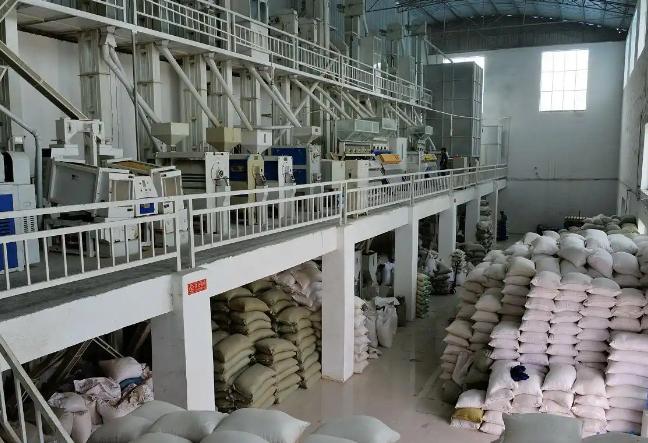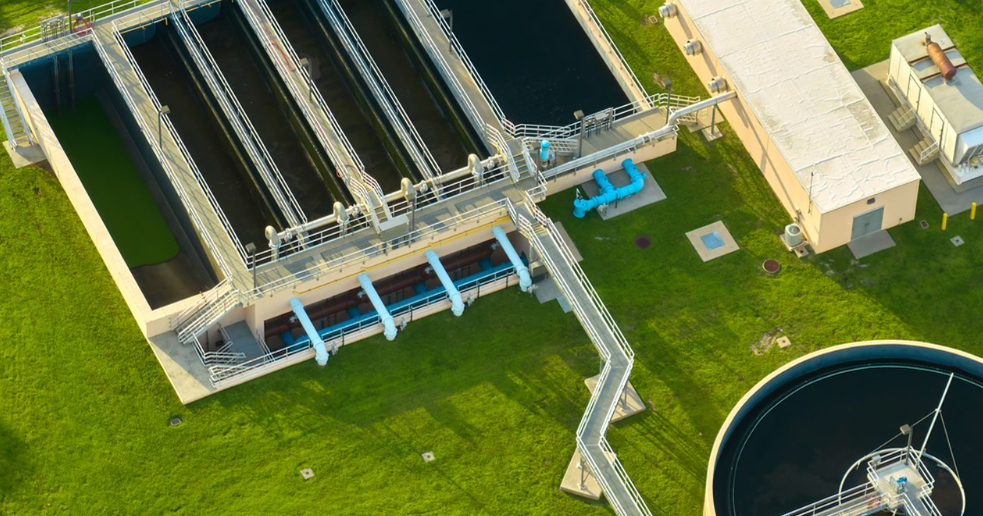With the improvement of environmental protection awareness, the requirements for wastewater treatment in various industries are becoming increasingly strict. During the production process, woven bag factories generate a large amount of wastewater, which contains a large number of harmful substances such as suspended solids, organic matter, pigments, and dyes. If this wastewater is directly discharged without treatment, it will cause serious pollution to the environment and may also affect people's physical health. Therefore, how to effectively treat the wastewater from woven bag factories and achieve the up-to-standard discharge and resource utilization of the wastewater has become a problem that needs to be solved currently.
The main characteristics of the wastewater from woven bag factories include the following aspects:
1.The concentration of pollutants in the sewage is high, with high COD (Chemical Oxygen Demand) and BOD (Biochemical Oxygen Demand).
2.Heavy metal ions such as copper, nickel, and chromium may be contained in the ink and cleaning agents.
3.The wastewater contains a certain amount of suspended solids and solid particles.
4.The pH value fluctuates greatly.

The functions and effects of the decolorizing agent for wastewater from woven bag factories:
1.The decolorizing agent for wastewater from woven bag factories can adsorb the colored substances in the wastewater and reduce the chromaticity of the wastewater.
2.The decolorizing agent for wastewater from woven bag factories can efficiently remove the colored substances in the wastewater, significantly improve the transparency of the effluent, and at the same time reduce the content of COD and toxic substances.
3.Compared with other treatment technologies, the treatment cost of the decolorizing agent is relatively low.
Treating this wastewater usually includes the following steps:
1.Pretreatment: Firstly, large particle impurities and suspended solids in the wastewater are removed through facilities such as grids and regulating tanks, and the water quality and quantity are adjusted to make the water quality uniform and stable when the wastewater enters the subsequent treatment units.
2.Coagulation and sedimentation: A coagulant is added to the wastewater to make the suspended solids and colloidal substances in the wastewater agglomerate into larger particles, and then solid-liquid separation is achieved through a sedimentation tank. This step can significantly reduce the concentration of suspended solids and the chromaticity in the wastewater.
3.Biological treatment: After coagulation and sedimentation, the wastewater enters the biochemical treatment stage. Commonly used biological treatment methods include the activated sludge process, biological membrane reactors, etc., which utilize the metabolic action of microorganisms to degrade the organic matter in the wastewater. This can effectively reduce the COD and BOD content in the wastewater.












